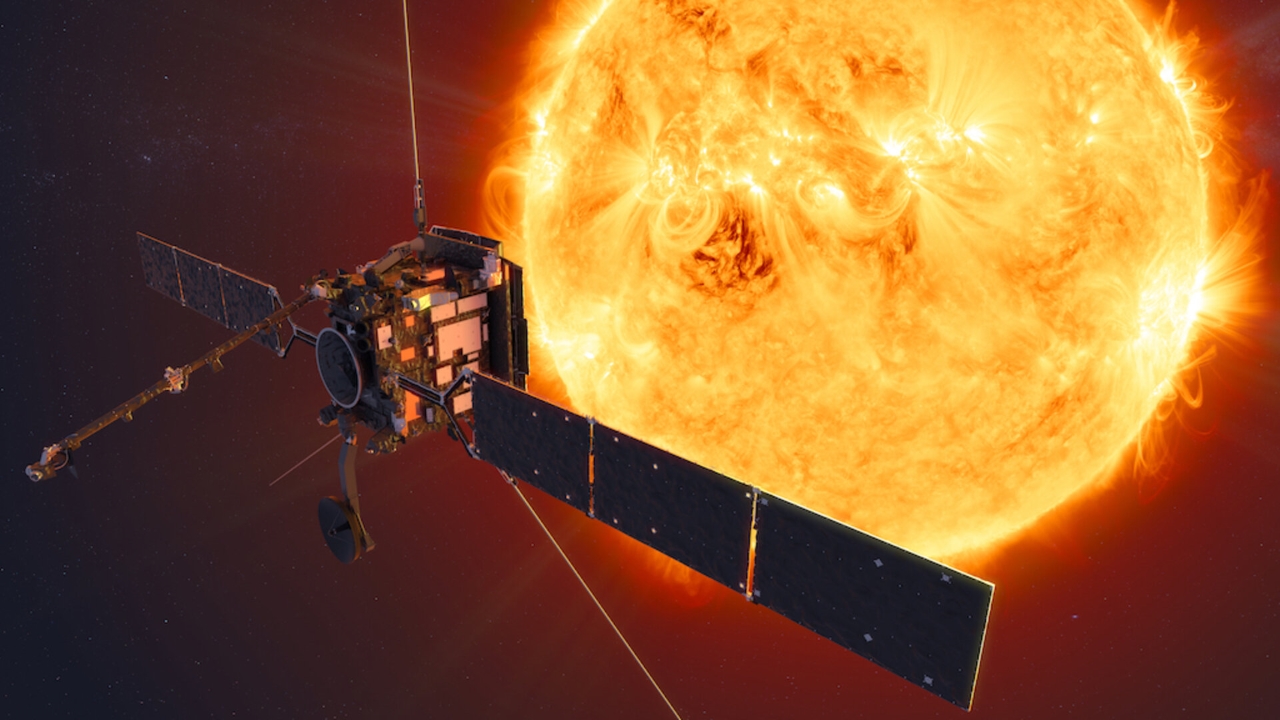The Solar Orbiter holds the title of being the most complex scientific laboratory ever sent to the Sun. Scientists hope to find answers to some profound questions by combining observations from Solar Orbiter’s six remote sensing instruments and four in-situ instruments. Now, a 65-year-old solar mystery is being unraveled thanks to this ESA spacecraft.
What is the meaning of Solar mystery?
The mystery in question is why the Sun’s atmosphere is so hot, known as the ‘coronal heating problem,’ which has puzzled astronomers for a long time. However, through the joint operation between the Parker Solar Probe (NASA’s space probe) and the Solar Orbiter, astronomers may finally provide an answer to this enigma.

According to a recent mission by the European Space Agency (ESA), the Solar Orbiter has recently been repositioned to enable it to observe the Sun from a slightly different angle and has been put into synchronized collaboration with the Parker Solar Probe. ESA states that this synchronization allows the Solar Orbiter to align with the measurements taken by the Parker Solar Probe and provides groundbreaking measurements unlike anything done before.
The Sun’s atmosphere, known as the corona, is extremely hot. Given that our Sun is a very large star, but the atmosphere measures roughly one million degrees Celsius, this might seem like an inadequate description. Despite the obvious fact that the Sun’s atmosphere is hot, the mystery of why it is so hot perplexes scientists. This is because the Sun’s surface is actually only 6,000 degrees Celsius.
As a result, the corona is somehow 150 times hotter than the surface. This issue of coronal heating is at the heart of solar observation missions. While these missions provide interesting data individually, working together can yield even more in-depth measurements, ultimately helping us unravel this intriguing mystery.
There is a belief that there is a method for transferring energy to the plasma in the solar atmosphere. However, scientists have never been able to pinpoint exactly what it is. Now that Solar Orbiter has repositioned itself, we may finally be able to get more answers. Despite the risk involved in what has been the most successful solar mission to date, we can say it’s worth it to solve this mystery.














